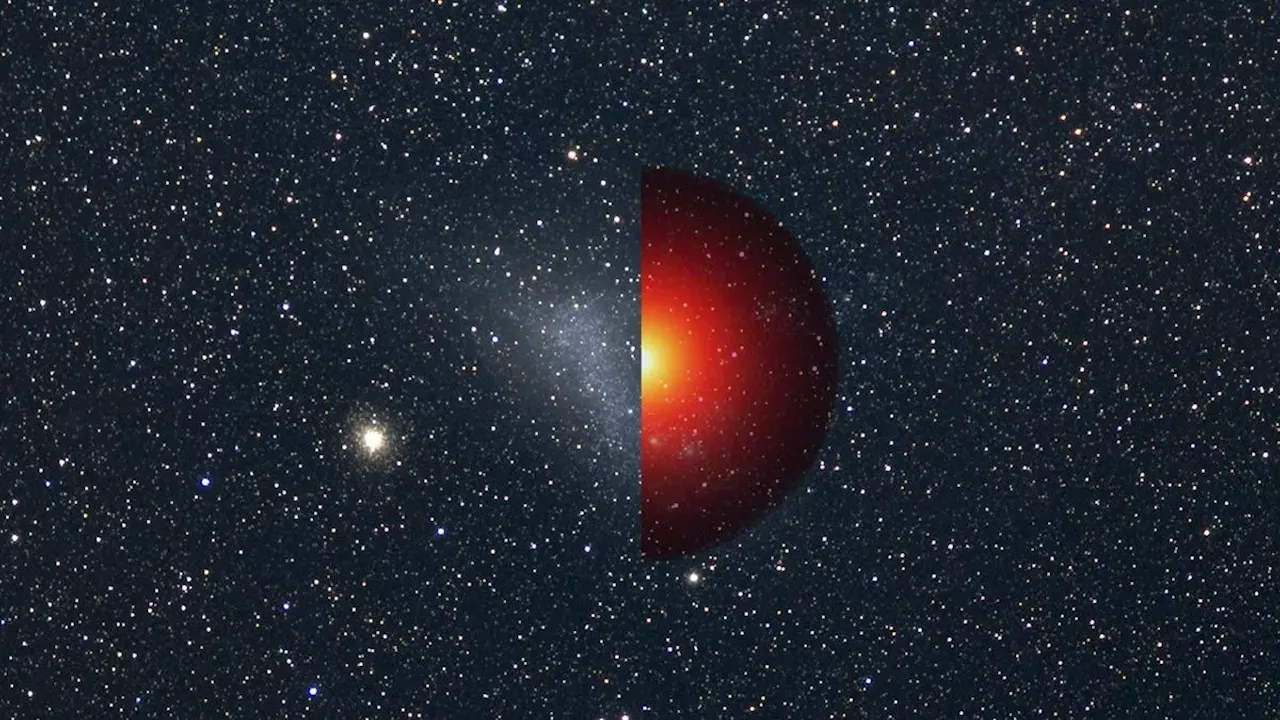Paul M. Sutter is a research professor in astrophysics at SUNY Stony Brook University and the Flatiron Institute in New York City. He regularly appears on TV and podcasts, including 'Ask a Spaceman.' He is the author of two books, 'Your Place in the Universe' and 'How to Die in Space,' and is a regular contributor to Space.
Invisible dark matter makes up most of the mass in the universe, far outweighing the amount of matter we can see.
The identity of dark matter remains a mystery, as experiments designed to detect a stray, rare collision have failed to turn up anything. But these experiments have focused on targeting a specific mass range: roughly 10 to 1,000 giga-electron volts . That's in the range of the heaviest known particles, like the W boson and the top quark.
The problem is that all interactions in physics are two-way streets. The Higgs talks to both dark matter and regular matter and, in many models, mediates interactions between them. But both kinds of matter also talk back to the Higgs. These interactions appear as slight modifications to the Higgs boson's mass.
United States Latest News, United States Headlines
Similar News:You can also read news stories similar to this one that we have collected from other news sources.
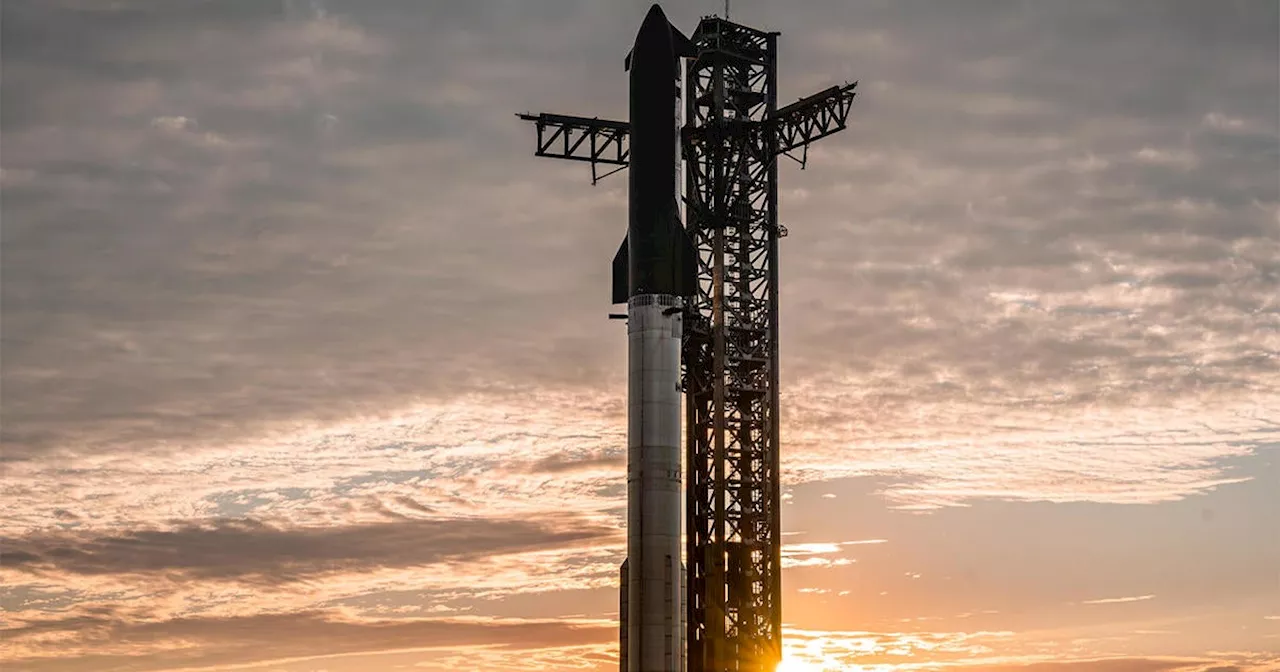 SpaceX Prepares for Super Heavy-Starship Launch Amidst Busy Day of Space ExplorationSpaceX is set to launch its most powerful rocket, Super Heavy-Starship, from Texas on Thursday, following a NASA spacewalk and the maiden flight of Jeff Bezos' New Glenn rocket from Florida. The launch, delayed by weather, is part of a busy day in space exploration.
SpaceX Prepares for Super Heavy-Starship Launch Amidst Busy Day of Space ExplorationSpaceX is set to launch its most powerful rocket, Super Heavy-Starship, from Texas on Thursday, following a NASA spacewalk and the maiden flight of Jeff Bezos' New Glenn rocket from Florida. The launch, delayed by weather, is part of a busy day in space exploration.
Read more »
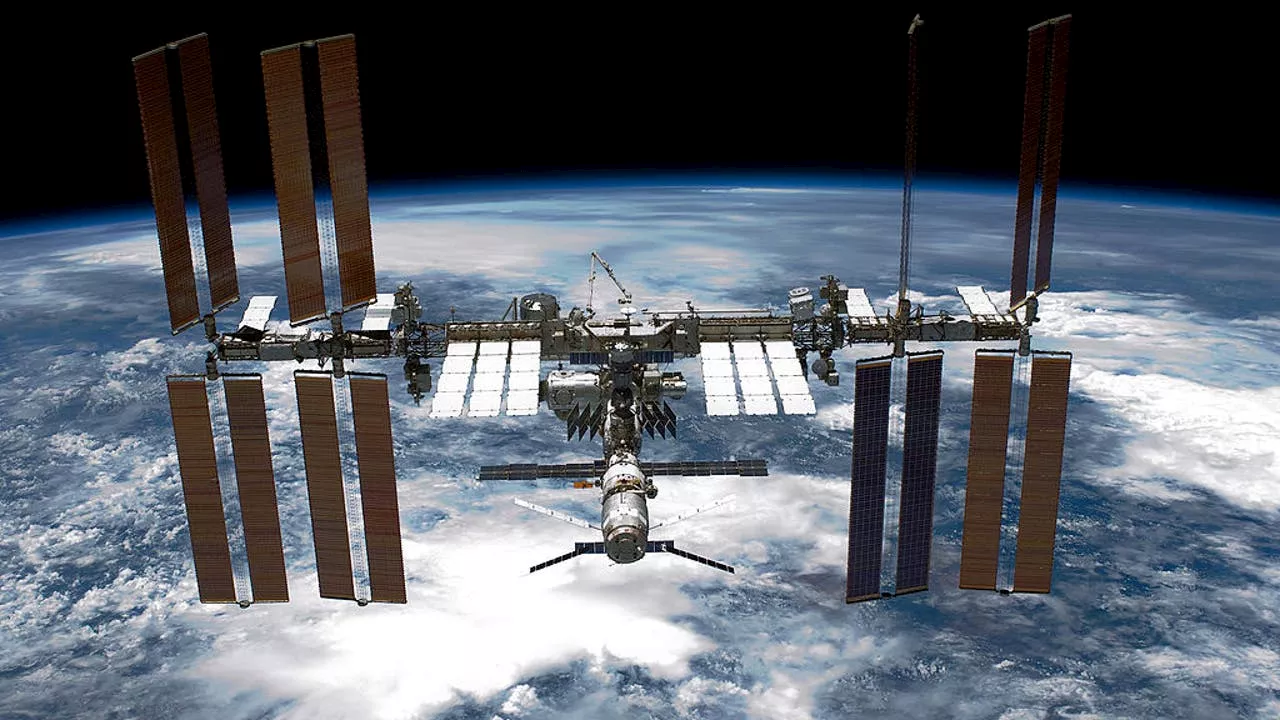 Space Debris Threatens Future of Space TravelThousands of defunct satellites and fragments orbit Earth at dangerous speeds, posing a significant risk to space travel. Experts warn that this space debris could lead to Kessler Syndrome, a chain reaction of collisions that makes parts of Earth's orbit unusable. The European Space Agency reports that only 10,200 out of 13,230 satellites launched remain in orbit, and defunct satellites, rocket boosters, and even lost tools contribute to the growing hazard. Spacefaring nations are taking action to address this threat, with the ESA's Zero Debris Charter aiming to nearly eliminate space junk by 2030.
Space Debris Threatens Future of Space TravelThousands of defunct satellites and fragments orbit Earth at dangerous speeds, posing a significant risk to space travel. Experts warn that this space debris could lead to Kessler Syndrome, a chain reaction of collisions that makes parts of Earth's orbit unusable. The European Space Agency reports that only 10,200 out of 13,230 satellites launched remain in orbit, and defunct satellites, rocket boosters, and even lost tools contribute to the growing hazard. Spacefaring nations are taking action to address this threat, with the ESA's Zero Debris Charter aiming to nearly eliminate space junk by 2030.
Read more »
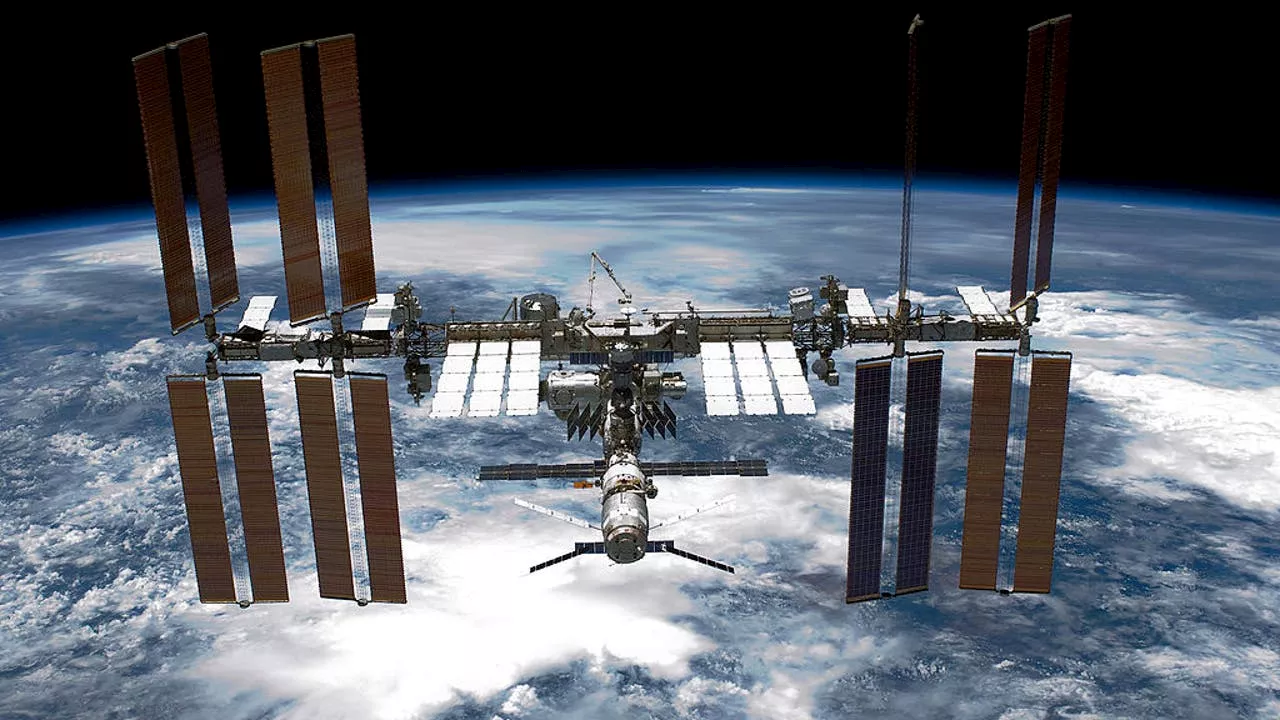 Space Debris Threatens the Future of Space TravelThousands of defunct satellites and fragments circling Earth at dangerous speeds pose a serious threat to future space exploration. Experts warn that the growing amount of space debris could make parts of Earth's orbit unusable.
Space Debris Threatens the Future of Space TravelThousands of defunct satellites and fragments circling Earth at dangerous speeds pose a serious threat to future space exploration. Experts warn that the growing amount of space debris could make parts of Earth's orbit unusable.
Read more »
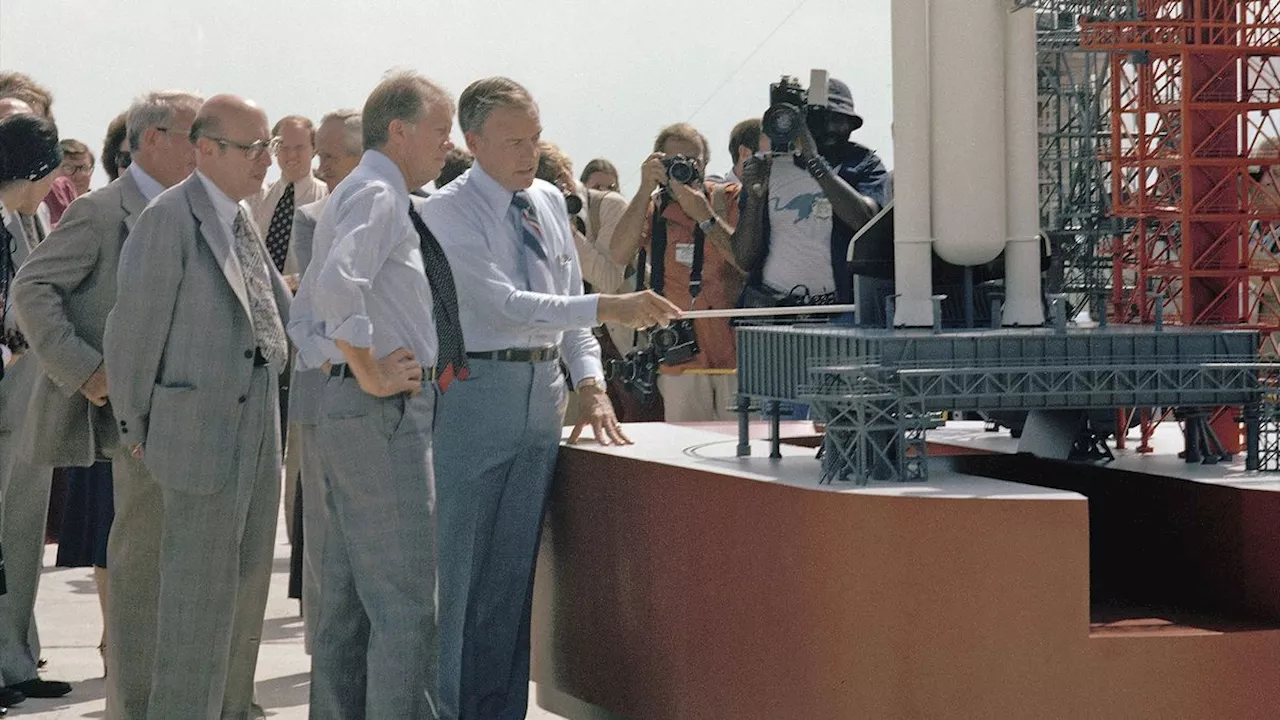 Jimmy Carter's Space Legacy: Voyager Message and Space Shuttle FundingThis article explores the lasting impact of former President Jimmy Carter on space exploration. It highlights his contributions to the Voyager Golden Record, a message sent into interstellar space, and his crucial support for funding the development of the space shuttle.
Jimmy Carter's Space Legacy: Voyager Message and Space Shuttle FundingThis article explores the lasting impact of former President Jimmy Carter on space exploration. It highlights his contributions to the Voyager Golden Record, a message sent into interstellar space, and his crucial support for funding the development of the space shuttle.
Read more »
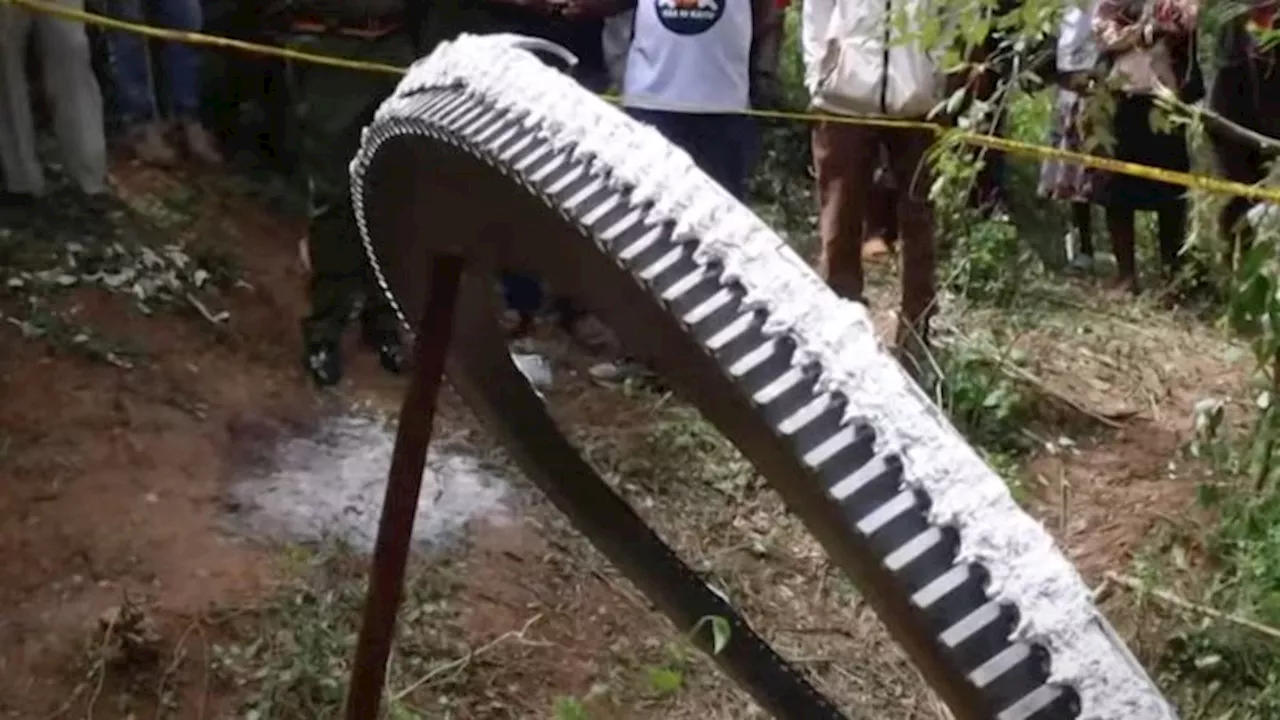 Space Junk Falls to Earth in Kenya, Identified by National Space AgencyA large, red-hot object fell from the sky into a Kenyan village on Monday, prompting an investigation by the Kenya Space Agency (KSA). The object has been identified as a fragment of a space object, believed to be a separation ring from a rocket. The KSA took custody of the 2.5-meter wide, 500 kg object, stating that it is likely an isolated case. The object is still under investigation.
Space Junk Falls to Earth in Kenya, Identified by National Space AgencyA large, red-hot object fell from the sky into a Kenyan village on Monday, prompting an investigation by the Kenya Space Agency (KSA). The object has been identified as a fragment of a space object, believed to be a separation ring from a rocket. The KSA took custody of the 2.5-meter wide, 500 kg object, stating that it is likely an isolated case. The object is still under investigation.
Read more »
 Sierra Space CEO leaves, as $5 billion company pushes to launch space planeSierra Space CEO Tom Vice has left the company, CNBC confirmed Monday.
Sierra Space CEO leaves, as $5 billion company pushes to launch space planeSierra Space CEO Tom Vice has left the company, CNBC confirmed Monday.
Read more »
